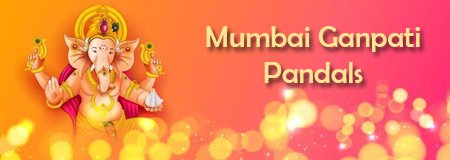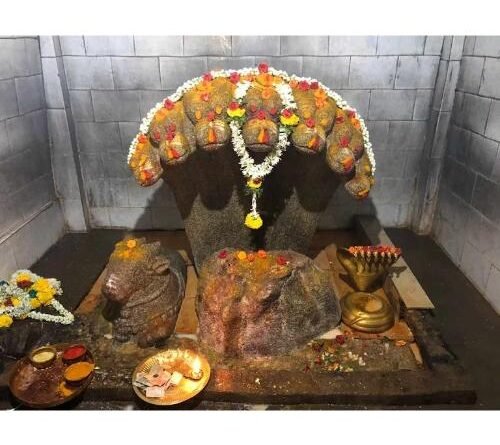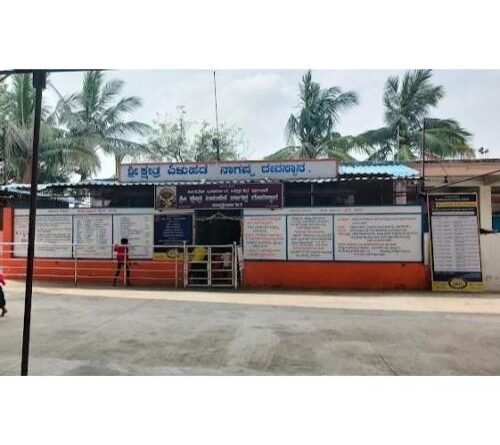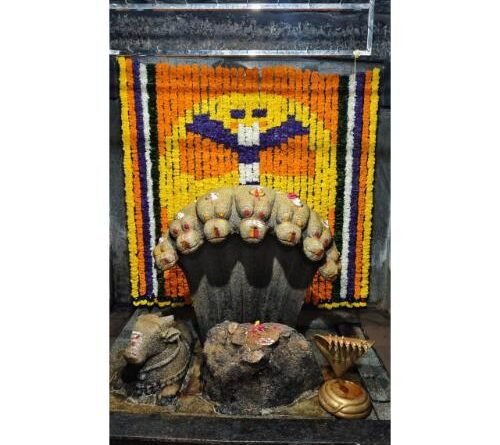Sri Yeluhede Nagappa Temple Bukkasagara,Karnataka
Sri Yeluhede Nagappa Temple is located in Bukkasagara village, situated in Hospet Taluk of Vijayanagara District, Karnataka.The presiding deity is Sri Yeluhede Nagappa, a unique form of Naga Devata (Serpent God) associated with Lord Shiva. The term “Yeluhede” means “seven-headed,” indicating that the deity is worshipped in the form of a seven-headed serpent, which is considered a rare and powerful representation.
This form is deeply revered by locals as a guardian deity who blesses devotees with protection, prosperity, and removal of Naga Dosha (serpent afflictions in astrology).The temple is over 500 years old, dating back to the Vijayanagara period. The temple has been a site of continuous worship and is considered one of the most powerful Nagappa temples in the Ballari region
Temple Architecture
Sri Yeluhede Nagappa Temple at Bukkasagara was constructed under the orders of Sri Krishnadevaraya, the legendary emperor of the Vijayanagara Empire, in the year 1516 CE.
The temple is built in traditional Dravidian style with a simple but spiritually vibrant structure. The sanctum (garbhagriha) houses the sacred idol of Yeluhede Nagappa. The temple premises have a serene rural charm, surrounded by nature and farmland. While not a large temple, it carries great local significance and is built with stone and modest structural elements reflecting regional temple design.
Sthalapurana
The temple was established in the year 1516 CE, during the reign of the great Vijayanagara king, Sri Krishnadevaraya, under the divine guidance and blessings of his royal guru, Sri Vyasaraja Tirtha.
During that time, the nearby villages like Bukkasagara, Ramasagara, and Venkatapura, located close to the Vijayanagara capital, were struggling with water scarcity. The farmers depended only on rainfall for their agriculture, which worried the king.
Seeking a solution, King Krishnadevaraya prayed at the famous Pampa Virupaksha Temple. After several days of deep devotion, he had a divine dream: Adi Shesha (the divine serpent) appeared and was seen gliding from behind a tank (lake) and finally coiled himself on a mound and raised his hood.
The king narrated this powerful dream to his guru Sri Vyasaraja, who explained the meaning of the dream. He said the appearance of Adi Shesha was a divine message to bring water to the dry farmlands. Acting on this, Krishnadevaraya ordered a canal to be dug from the spot where the serpent was first seen to the nearby villages. This irrigation system provided water throughout the year, and the canal came to be known as “Raya Canal” (King’s Canal).
Adi Shesha is believed to have traveled through Gundlukere, passed Venkatapura, and finally stopped at Bukkasagara, where he raised his seven heads. As instructed in the dream, King Krishnadevaraya installed the seven-headed serpent idol at that very spot, and Sri Vyasaraja consecrated the idol through special rituals. Thus, the village became known as Bukkasagara, the holy place of Sri Yeluhede Nagappa.
Devotees believe that worship at this temple brings blessings, especially to those who suffer from childlessness, evil eye (Drishti Dosha), hearing issues, marriage delays, and skin diseases. Those who offer sincere prayers and service here are said to receive relief and desired results.
For generations, the Holagundi priestly family from Kamalapura has served this temple with dedication. From Sri Venkobacharya to Sri Raghavendracharya, Sri Ramacharya, and now Sri Narasimhacharya, the divine service continues without interruption.
Festivals and Rituals
The temple celebrates major festivals like Naga Panchami and Mahashivaratri with great devotion. Naga Panchami is the most important festival here, attracting hundreds of devotees who perform milk abhishekam and offer turmeric, flowers, and eggs to the deity. Special pujas, homas, and rituals are conducted to appease the serpent deity and seek divine grace. On these days, the temple becomes a vibrant hub of faith and festivity, with offerings and community feasts.














